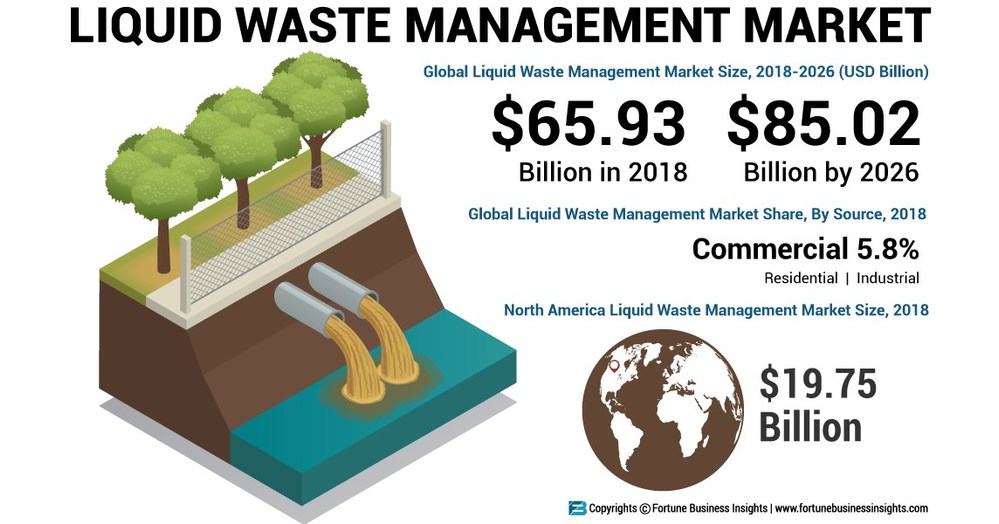The 10-Minute Rule for Reclaim Waste
The 10-Minute Rule for Reclaim Waste
Blog Article
The Single Strategy To Use For Reclaim Waste
Table of ContentsSome Ideas on Reclaim Waste You Need To KnowThe 4-Minute Rule for Reclaim WasteThings about Reclaim WasteA Biased View of Reclaim WasteEverything about Reclaim Waste
Domestic sewer waste refers to the waste and products from a residential septic container. The correct administration and disposal of residential sewer waste need fluid waste to be moved to a sewage therapy plant where the proper methods and devices are used to cleanse and dispose of waste.
Commercial waste usually consists of possible risks, such as combustible products or a blend of liquid and solid waste products, and calls for a more sophisticated and in-depth disposal procedure. The disposal of business waste generally involves the filtering of waste before transport to guarantee risk-free and appropriate disposal. Hazardous waste is produced from results and drainage of industrial procedures and production.
This kind of waste can not utilize the same sewer monitoring transport or procedures as septic or commercial fluids. The commercial waste administration procedure requires the evaluation and testing of liquid waste prior to it undergoes the disposal procedure (liquid waste disposal). Overflow waste is the liquid waste that originates from drainage and excess stormwater in extremely populated locations or cities
Drainage waste can create contamination and flooding otherwise handled properly. Discover more about sewer cleaning and waste monitoring. Guaranteeing correct waste monitoring can protect against catastrophes and minimize ecological injury. Both individuals in domestic setups and professionals in industrial or production industries can take advantage of understanding the procedures and laws of liquid waste management.
The smart Trick of Reclaim Waste That Nobody is Talking About
Call PROS Solutions today to find out about our waste monitoring and disposal services and the correct means to care for the liquid waste you generate.
(https://www.metal-archives.com/users/reclaimwaste1)Do you recognize what takes place to your water when you disengage, purge the toilet or drain the washing machine? No? Well, it's worth knowing. This supposed 'wastewater' is not just an essential resource however, after therapy, will certainly be released to our land, rivers or the sea. Made use of water from bathrooms, showers, baths, kitchen area sinks, laundries and commercial processes is called wastewater.

water made use of to cool down equipment or clean plant and tools). Stormwater, a form of wastewater, is runoff that moves from agricultural and urban areas such as roofs, parks, gardens, roadways, courses and seamless gutters into stormwater drains, after rainfall. Stormwater flows untreated directly to local creeks or rivers, at some point getting to the sea.
The Only Guide to Reclaim Waste
In Queensland, most wastewater is dealt with at sewage therapy plants. Wastewater is transferred from residential or industrial websites via a system of sewage systems and pump stations, known as sewerage reticulation, to a sewage treatment plant.
The Division of Natural Resources recommends local governments about handling, operating and preserving sewerage systems and treatment plants. In unsewered locations, city governments may need homeowners to install specific or household sewage treatment systems to treat domestic wastewater from toilets, cooking areas, restrooms and washings. The Department of Natural Resources authorizes the usage of find more info household systems when they are confirmed to be efficient.
The majority of stormwater gets no therapy. In some new class, therapy of some stormwater to get rid of trash, sand and gravel has actually started using gross contaminant traps. Wastewater therapy takes place in four stages: Gets rid of solid issue. Bigger solids, such as plastics and other things mistakenly released to sewage systems, are removed when wastewater is passed with screens.
Wastewater then moves right into big storage tanks where solids work out and are gotten rid of as sludge. Oil and residue are skimmed from the surface. Makes use of small living microorganisms called micro-organisms to damage down and remove remaining dissolved wastes and great particles. Micro-organisms and wastes are integrated in the sludge. Eliminates nitrogen and phosphorus nutrients that could create algal blooms in our rivers and threaten water life.
Reclaim Waste Can Be Fun For Everyone
Nutrient removal is not readily available in all sewage treatment plants since it calls for costly specialist equipment. It is becoming a lot more common in Queensland. Clear fluid effluent created after therapy may still consist of disease-causing micro-organisms. If this effluent is launched into waterways such as rivers or the sea, the micro-organisms will eventually die out.

Many wastewater streams right into the sewerage system. Under the Act, neighborhood governments administer approvals and permits for environmentally pertinent activities (Ages) entailing wastewater launches that may have a local influence.
Little Known Questions About Reclaim Waste.
Surveillance provides accurate details about water quality and can validate that permit conditions are being met. The details obtained with monitoring supplies the basis for making water quality decisions.
Report this page